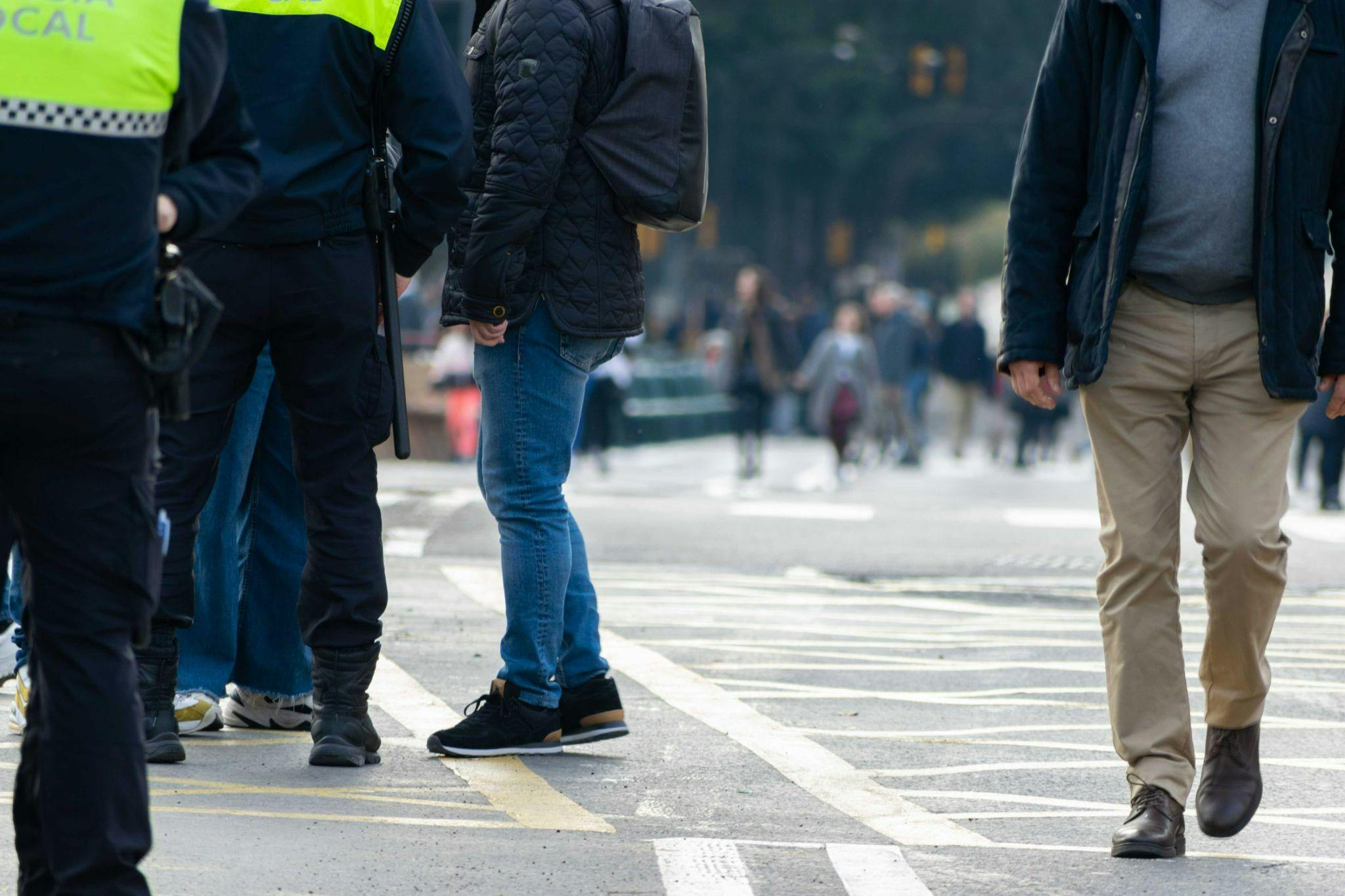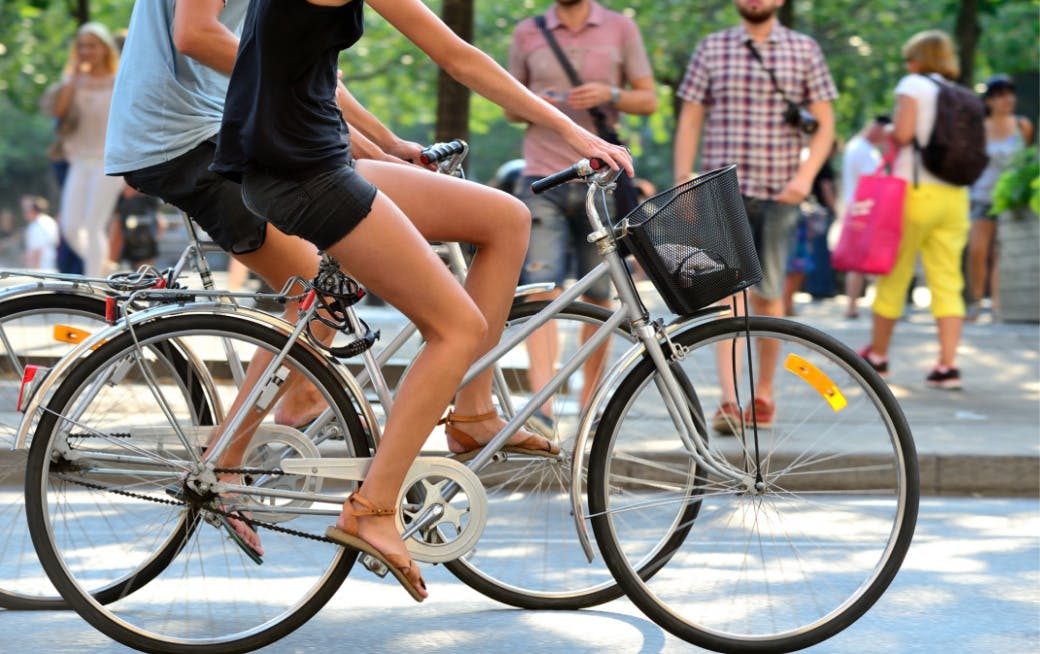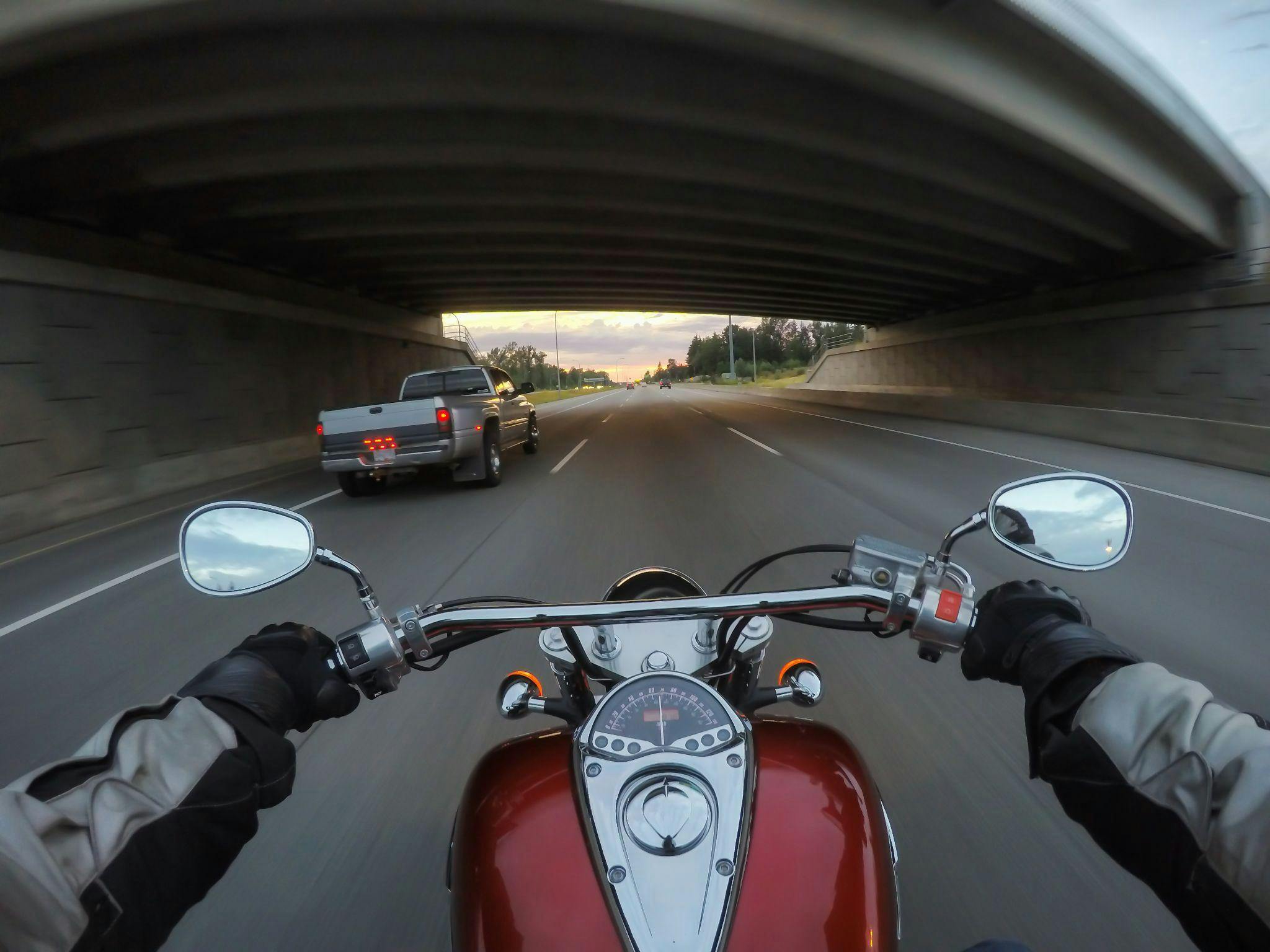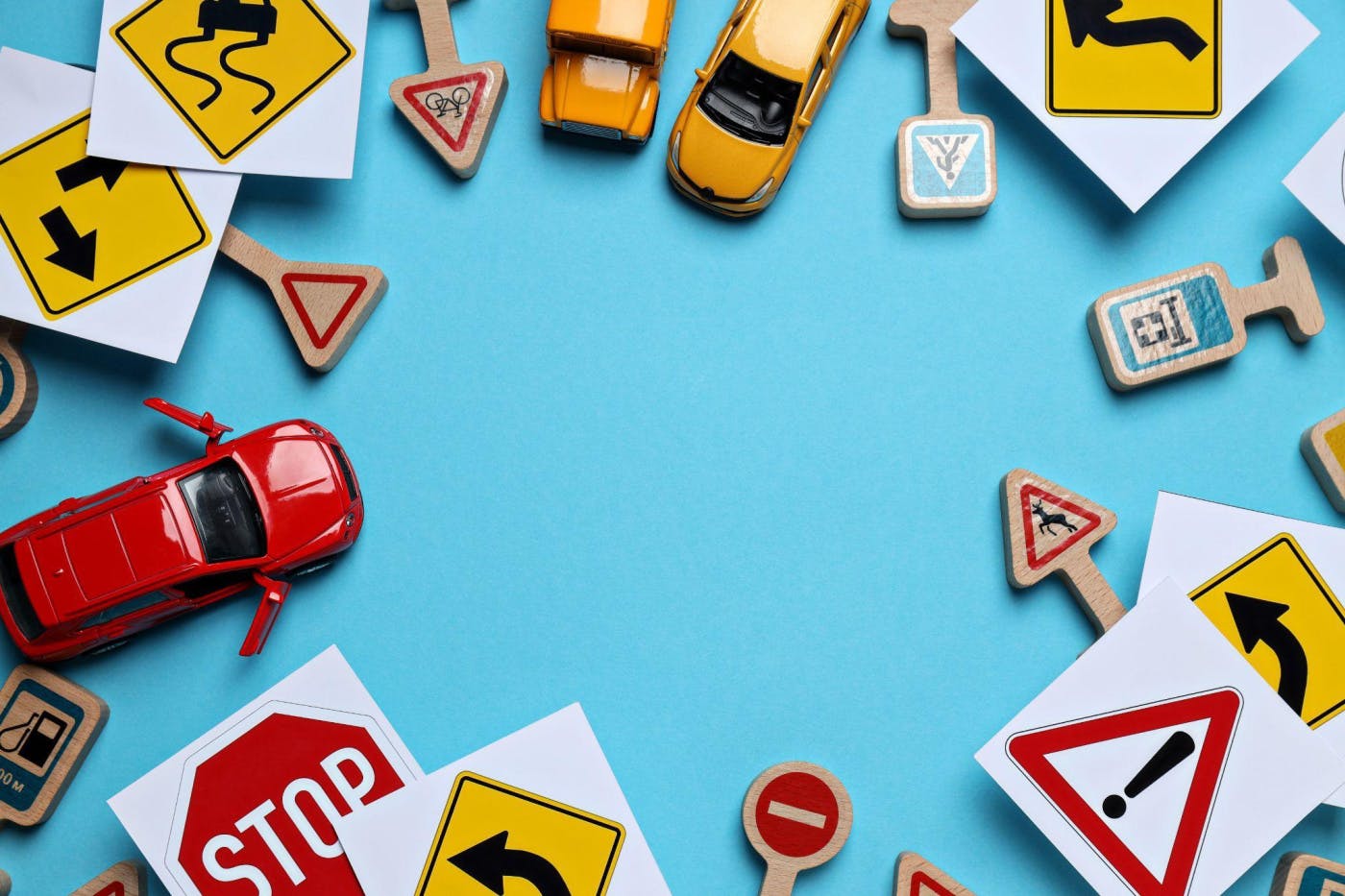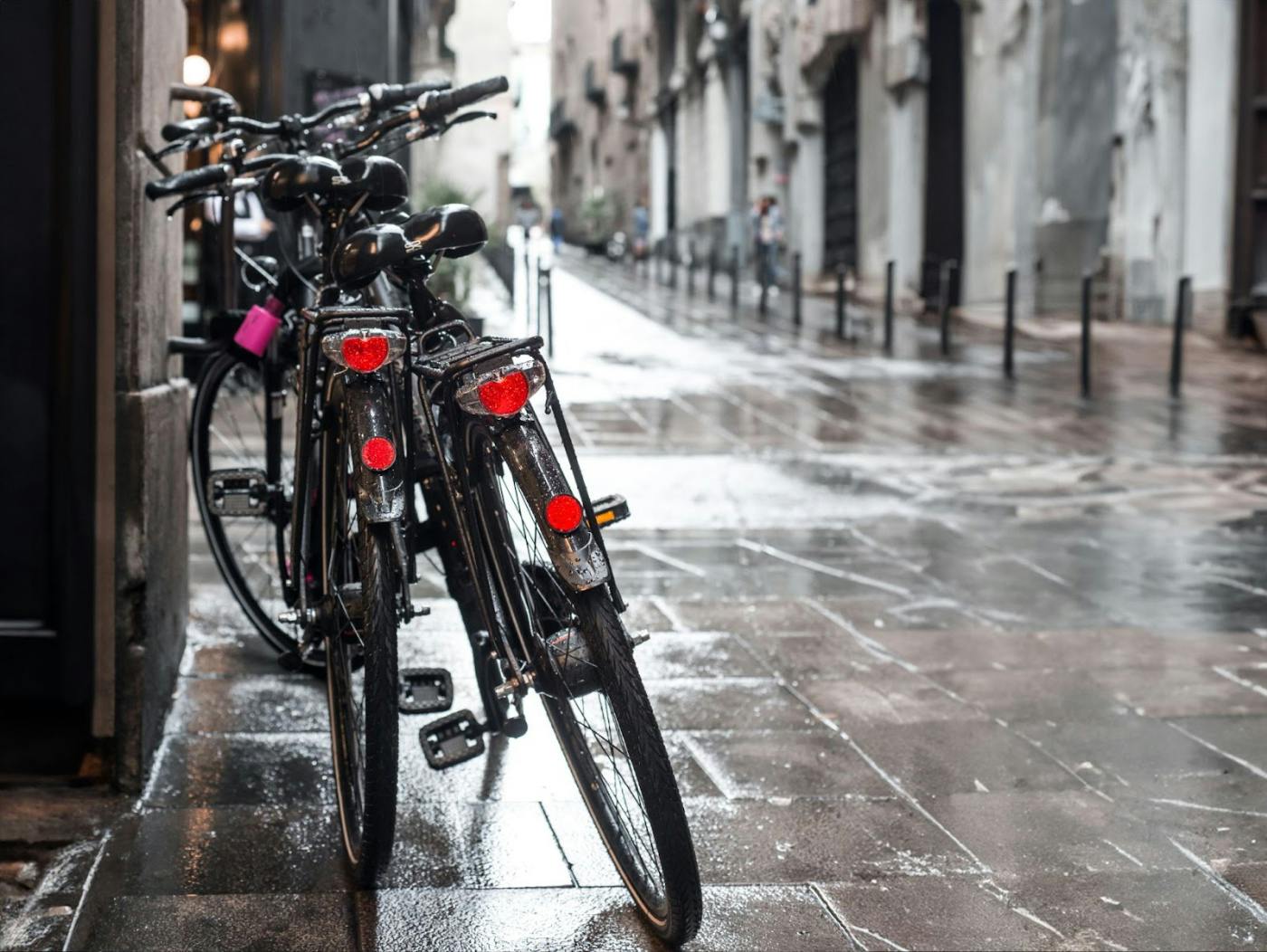25 Minnesota Bicycle Law FAQs
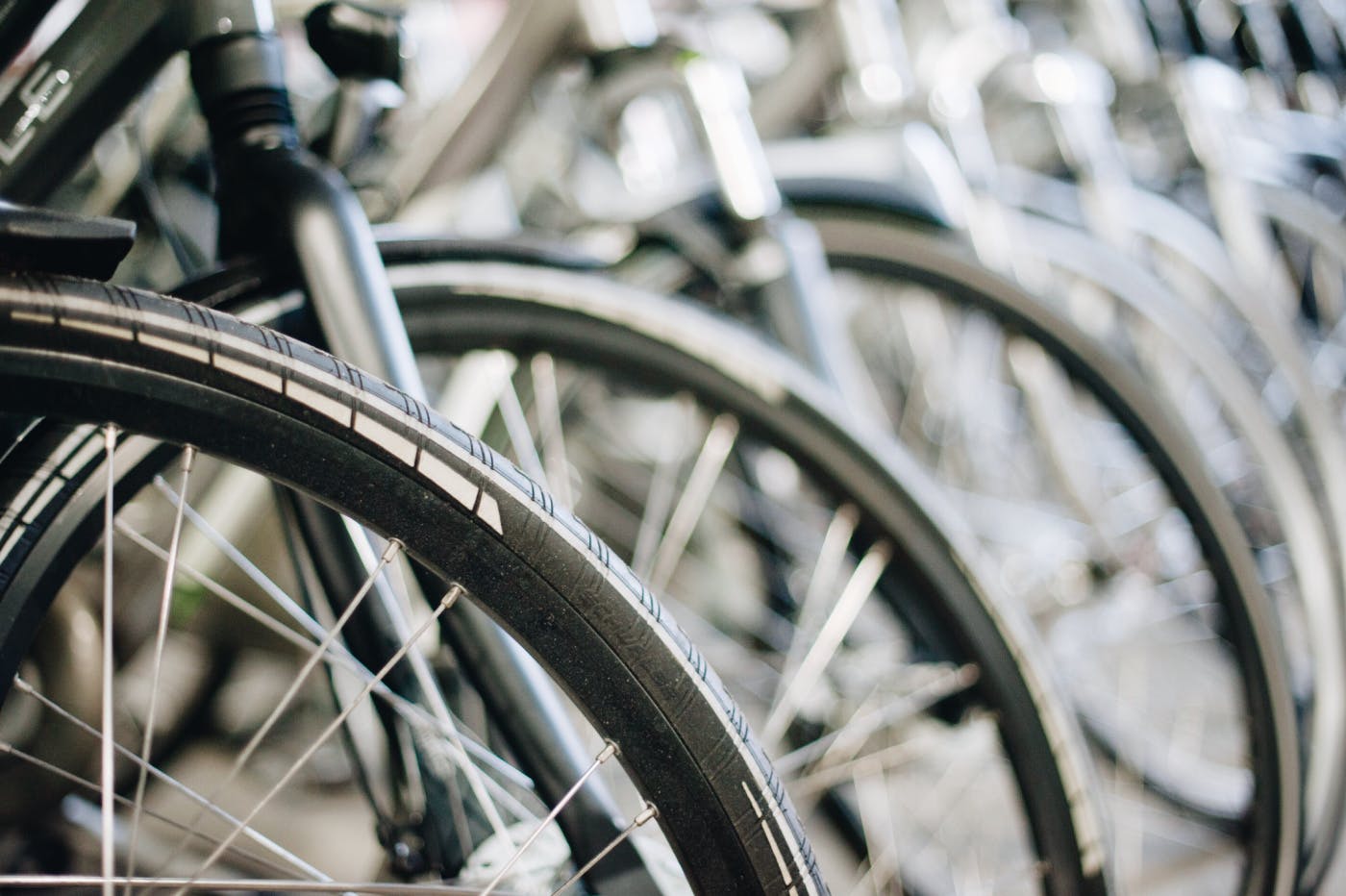
Minnesota is a cyclist's paradise. Not only does Minnesota have thousands of miles of paved bike trails, but it’s also renowned for its cyclist-friendly laws. In fact, according to the League of American Bicyclists, Minnesota is the fifth most bicycle-friendly state in the US.
Not everyone respects the rights of cyclists, however. This makes it essential for every cyclist to understand the law to protect themselves—and their rights—on the road. This guide will answer 25 common questions about Minnesota bicycle laws.
1. Are Bicycles Considered Motor Vehicles in Minnesota?
No. Under Minnesota law, a motor vehicle must be self-propelled or powered by an overhead trolley wire. Because the rider propels bicycles, they are not motor vehicles.
2. Do Cyclists Have to Follow the Same Laws as Drivers?
For the most part, yes. Cyclists are required to follow virtually all of the same rules as motor vehicles. That means you must:
- Ride in the same direction as traffic (i.e., the right side of the road)
- Obey all road markings, streets signs, and traffic lights
- Signal all stops, lane changes, and turns
However, there are some notable situations when cyclists are not bound by the same rules as motor vehicles. (We’ll discuss those exceptions in more detail below.)
3. Can I Ride My Bike on the Road?
Yes. In Minnesota, bicycles are allowed on all public roads except for limited-access highways. Just remember always to practice safe cycling habits when riding near traffic.
4. Do I Need a Driver's License to Ride My Bike on the Road?
No. Cyclists do not need a driver’s license to ride on public roads or anywhere else that cycling is allowed. However, it is recommended that cyclists always carry some form of photo ID while riding. This will allow you to prove your identity if you are involved in an accident.
5. Do Cyclists Have to Stay in the Bike Lane?
No. While bike lanes are often the safest and most convenient route for a cyclist, the law does not require you to use them. You can move out of a bike lane to pass another cyclist, move around an obstacle, or take a shortcut.
6. Can I Ride My Bike on the Sidewalk?
Generally, yes. There is no state law in Minnesota banning bicycles from sidewalks. Local laws may restrict this, however. Where cycling on a sidewalk is allowed, cyclists must always yield to pedestrians and give an audible signal before passing.
7. Do I Have to Wear a Helmet on a Bike?
No. Minnesota law does not require cyclists to wear a helmet. This is true for riders of all ages. However, it is never wise to ride without a helmet. Studies have shown that wearing a helmet can:
- Reduce the risk of serious head injuries by 60%
- Reduce the risk of traumatic brain injuries by 53%
- Reduce the risk of facial injuries by 23%
8. Where Should I Ride on the Road?
As mentioned above, cyclists must ride in the same direction as traffic—on the right side of the road. Beyond this, cyclists must stay as close as possible to the right edge of their lane. The only exception to this is when you must veer left to:
- Pass a vehicle, cyclist, or pedestrian
- Avoid an obstacle or road hazard
- Make a left turn
9. Do Cyclists Have to Stop at Red Lights and Stop Signs?
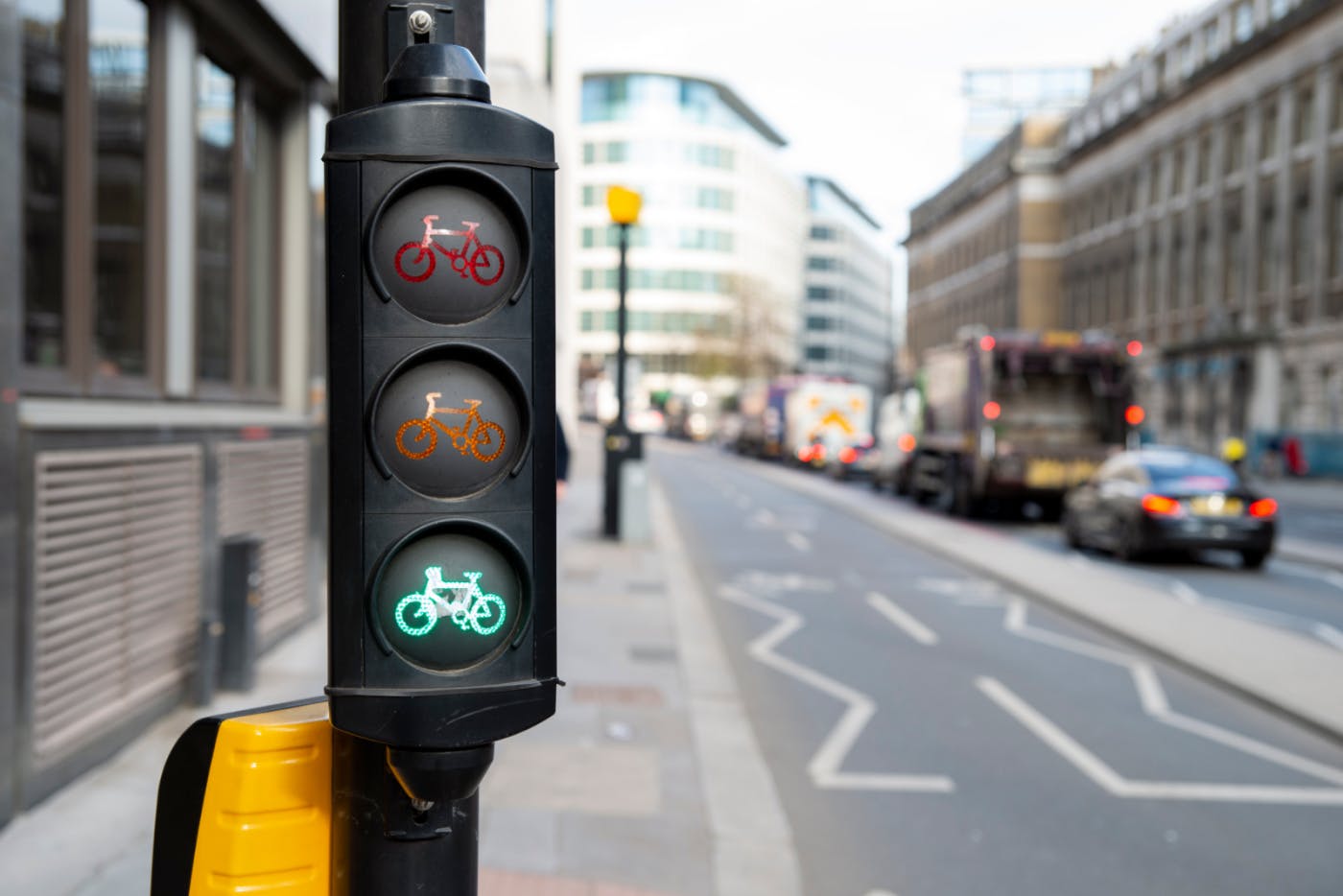
Yes. Cyclists must follow the same rules as motor vehicles at all traffic lights and stop signs. Cyclists who violate this law can be ticketed.
10. Do Cyclists Have to Use Turn Signals?
Yes. Like drivers, cyclists must signal their intention to turn, change lanes, or stop. To follow this rule, use the following hand signals:
- Left turn: extend your left arm straight out to the side
- Right turn: extend your right arm straight out to the side; alternatively, you can extend your left arm with the elbow bent up at a 90-degree angle as if pointing to the sky
- Stop: extend your left arm with your elbow bent down at a 90-degree angle as if pointing to the ground
11. Does My Bike Need Lights?
Yes—if you’re going to ride it after dark. In Minnesota, all bicycles must be equipped with the following safety features when ridden at night:
- White headlight visible from 500 feet away
- Red tail light (or reflector) visible from 100 to 600 feet away
And while not required, it’s always wise to wear reflective clothing or use reflective tape when riding at night.
12. Is It Illegal to Text While Riding a Bike?
No. Minnesota’s hands-free law only applies to motor vehicles. Cyclists are allowed to text and talk on the phone while riding a bike. You can also use headsets and earphones while riding. However, it is strongly recommended that you avoid all distractions when on the road.
13. Is It Illegal to Ride a Bike While Drunk in Minnesota?
No. Minnesota has no laws against riding a bike while intoxicated. Unlike motor vehicle drivers, cyclists in Minnesota cannot be charged with a DWI. Nevertheless, operating a bike under the influence of alcohol or drugs is extremely dangerous and never worth the risk.
14. Can I Carry Items on a Bike?
Yes—as long as your hands are free. You cannot ride a bike while carrying anything that prevents you from keeping both hands on the handlebars or impedes your ability to brake.
15. Can I Carry Passengers on My Bike?
Only if the bike was designed to carry a passenger or is fitted with an approved child seat. If the bike was only designed to carry one person.
16. Can Two Cyclists Ride Side-by-Side?
Yes. Two cyclists can ride side by side as long as they do not impede the normal movement of traffic. Riding single-file is typically safer, though.
17. Is It Illegal to Ride a Bike Between Lanes?
Yes. Riding between lanes, known as lane-splitting, is illegal in Minnesota. This includes riding between stopped or parked vehicles.
18. Do Cyclists Have to Walk Their Bikes Through a Crosswalk?
No. You can enter a crosswalk without dismounting and walking your bike. Dismounting is often safer, though.
19. Do Cyclists Have to Stop for School Busses?
Yes. If a school bus has extended its stop arm and is flashing red lights, cyclists must stop and wait.
20. Will a Cycling Traffic Violation Appear on My Driving Record?
In most cases, no. If you are given a citation for a traffic violation on a bike, it should not affect your driving record.
21. What Is “Dooring?”
“Dooring” refers to a motor vehicle opening a door so that it hits a cyclist or causes a cyclist to ride into it. This is illegal under Minnesota law, which states that:
“No person shall open any door on a motor vehicle unless and until it is reasonably safe to do so and can be done without interfering with the movement of other traffic.”
22. What Should I Do If I’m Involved in an Accident as a Cyclist?
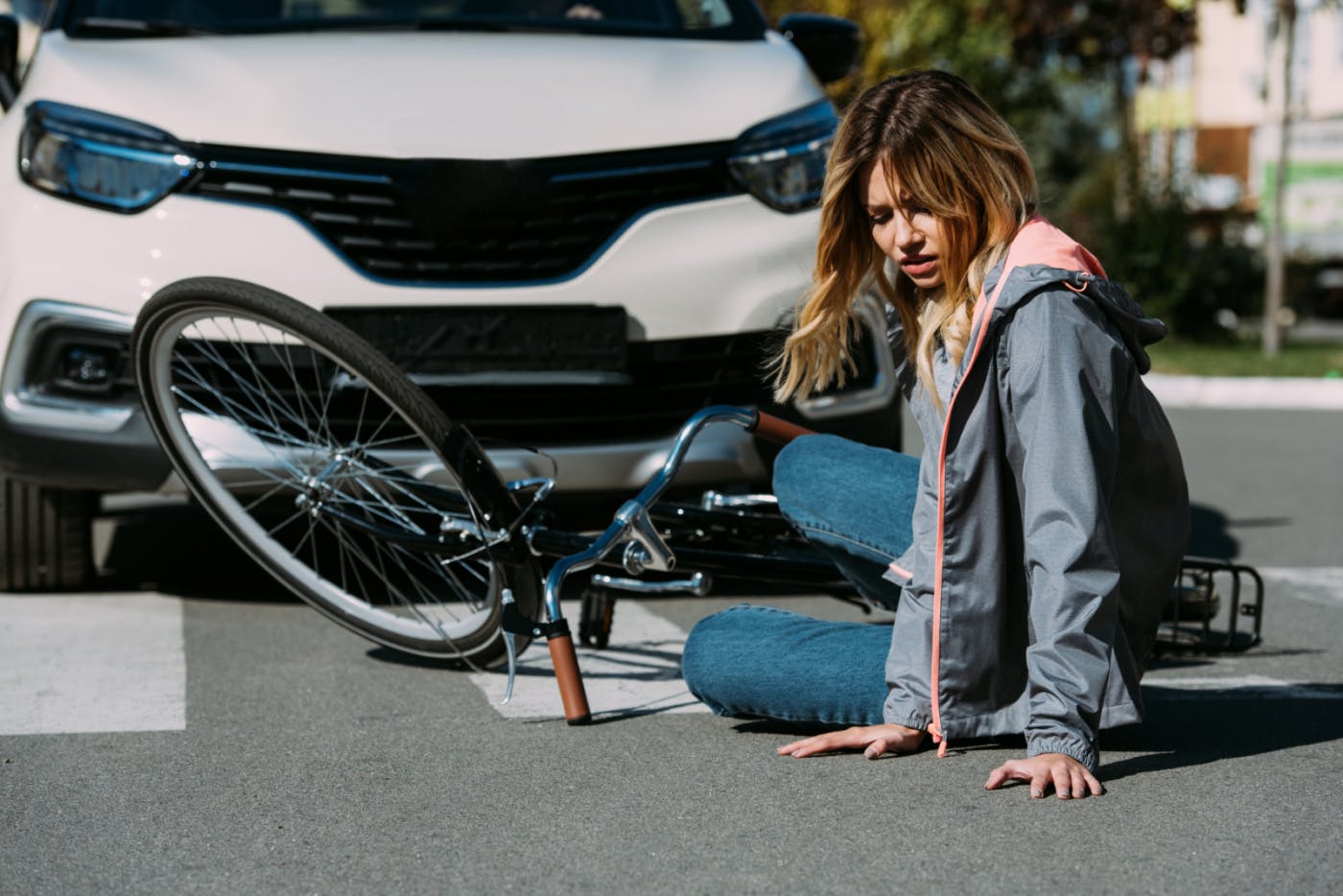
- If you’re hit by a car while riding a bicycle, you should always follow these steps:
- Move out of danger as quickly as possible.
- Check for injuries. If necessary, seek medical attention immediately.
- Contact the police to report the accident.
- Get the contact and insurance information of other drivers, cyclists, or pedestrians involved.
- Get the contact information of any witnesses.
- Take photos of the accident scene and any damage to yourself or your bike.
- Contact a Minnesota attorney to discuss whether you have grounds for a personal injury claim.
23. Will Insurance Cover My Injuries as a Cyclist?
Insurance coverage for bicycle accidents is complicated. There are general rules to keep in mind, though.
- If you have auto insurance, you should receive compensation from the no-fault personal injury protection (PIP) under your policy. This compensation is available regardless of who was responsible for the accident. The only requirement is that a motor vehicle was involved in your accident. (If you do not have auto insurance, you can use the policy of a family member who lives with you, such as a spouse or parent.)
- If another person was at fault for your accident, you can pursue further compensation through a personal injury lawsuit. Your attorney will advise you on your rights.
- If the motor vehicle driver who caused your accident has no auto insurance, you can receive compensation through your own policy’s underinsured motorist coverage.
24. Can a Cyclist Be at Fault for an Accident?
Yes. Just like pedestrians, cyclists can be held responsible for an accident. With that said, Minnesota law puts greater responsibility on motor vehicle drivers since cyclists are more vulnerable on the road.
25. Can SiebenCarey Help Me Win Compensation for a Bicycle Accident Injury?
Yes. At SiebenCarey, we have years of experience helping injury victims get the compensation they need. Just contact us, and we can:
- Explain your rights to you
- Advise you on what steps to take
- Investigate your accident
- Negotiate with insurance companies on your behalf
- Help you recover the full amount of compensation available
Best of all, we work on a contingency fee basis. That means you won’t owe us anything unless we win your case.


